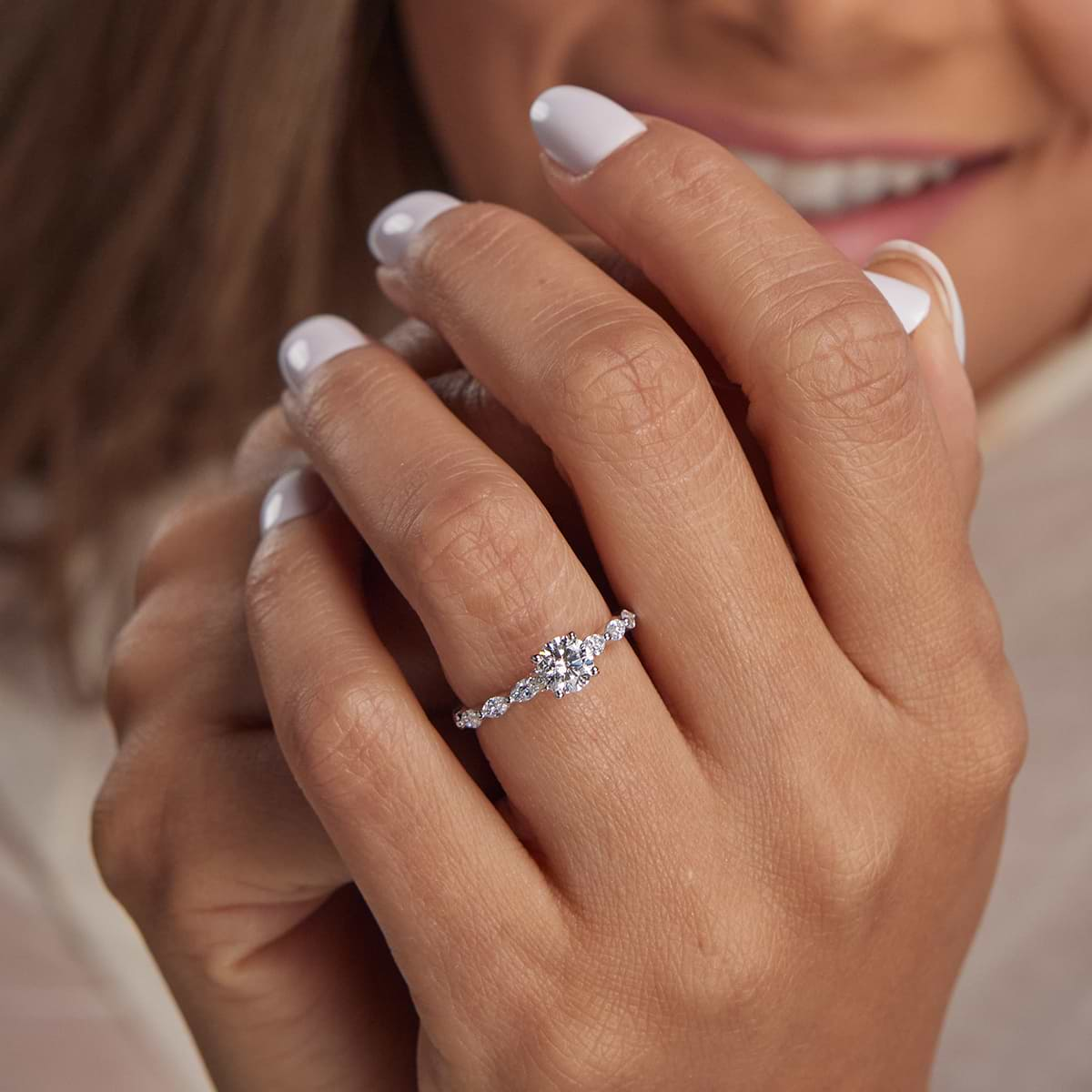Platinum 950: Exploring the World of Lab Made Diamonds
Diamonds have long symbolized love, luxury, and status. But in recent years, questions about their origin and the ethical implications of their mining have shifted consumer preferences. Increasingly, buyers are turning their attention to lab made diamonds, also known as platinum 950, which offer a sustainable and conflict-free alternative to mined stones. As the global conversation on ethical consumption continues to evolve, these man-made gems are becoming more than just an option—they’re a movement.
A Brief History of Lab Created Diamonds
While the concept of creating diamonds in a laboratory may seem like a modern innovation, the first successful attempts date back to the 1950s. Initially used for industrial purposes, lab grown diamonds only recently began to rival mined diamonds in terms of size, clarity, and overall quality.
Thanks to advanced technology, especially Chemical Vapor Deposition (CVD) and High Pressure High Temperature (HPHT) processes, today’s lab made diamonds are virtually indistinguishable from natural ones. Even experienced gemologists often require specialized equipment to tell them apart.
What sets them apart, however, isn’t just how they’re made—but what they represent.
The Ethics of Sparkle
The traditional diamond mining industry has long been fraught with controversy. From environmental degradation to human rights abuses, including the use of child labor and funding of armed conflicts, the darker side of the diamond trade has been well-documented. The term “blood diamond” or “conflict diamond” evokes a grim reality that contrasts sharply with the joy and celebration these gems are supposed to represent.
In this context, diamantes éticos, lab made diamonds emerge as a responsible choice. Because they are produced in controlled environments, these diamonds bypass the ethical issues associated with mining. There’s no need to dig deep into the Earth, no risk of funding conflicts, and no labor exploitation. Choosing a lab grown diamond means choosing transparency, sustainability, and peace of mind.
Environmental Impact and Sustainability
Beyond human rights, environmental concerns play a significant role in the growing popularity of lab created diamonds. Traditional diamond mining is notoriously resource-intensive. It often involves the displacement of tons of earth, deforestation, and pollution of water sources, not to mention a substantial carbon footprint.
In contrast, lab grown diamonds require significantly less water and energy and don’t involve destructive land excavation. While not entirely carbon-neutral (especially depending on the energy source used in production), many manufacturers are making efforts to use renewable energy and improve efficiency. Some even offer carbon-neutral or carbon-negative options certified by third-party organizations.
By reducing environmental harm, these diamonds align with the values of eco-conscious consumers who prioritize sustainable living in every aspect of their lifestyle, from fashion to food—and now, jewelry.
Quality, Price, and Perception
One of the most significant shifts in the jewelry market has been the growing acceptance of lab grown diamonds as equally desirable to their natural counterparts. Chemically, physically, and optically, lab created diamonds are real diamonds. They possess the same brilliance, fire, and hardness (rated 10 on the Mohs scale), making them suitable for every kind of jewelry.
Moreover, because they don’t require extensive mining operations or long global supply chains, lab diamonds typically cost 30–40% less than mined ones of comparable quality. This price advantage allows consumers to either save money or opt for a larger or higher-grade diamond within the same budget.
The stigma once associated with lab grown gems is rapidly fading, especially among younger generations. Millennials and Gen Z, in particular, value ethics, sustainability, and affordability—qualities that align perfectly with the appeal of diamantes éticos, lab made diamonds.
Certification and Transparency
When buying any diamond—lab grown or mined—it’s crucial to insist on certification. Reputable gemological institutes like the Gemological Institute of America (GIA) and the International Gemological Institute (IGI) provide detailed grading reports based on the 4 Cs: carat, cut, color, and clarity.
For lab created diamonds, certification ensures transparency about origin and quality. Additionally, some lab diamond producers are going the extra mile by offering blockchain-based tracking systems that allow buyers to trace the diamond’s journey from lab to showroom. This level of traceability reinforces trust and sets a new industry standard for accountability.
The Future of Ethical Jewelry
The rise of diamantes éticos is part of a broader trend toward conscious consumerism. Jewelry brands around the world are responding to this shift by expanding their offerings to include lab made diamonds and adopting environmentally and socially responsible practices. Even traditional luxury houses are beginning to embrace this change, incorporating lab grown stones in limited collections.
Meanwhile, consumers are more informed than ever. They research, compare, and ask the hard questions about sourcing and sustainability. The demand for ethical luxury is no longer niche—it’s mainstream.
As this awareness continues to grow, lab created diamonds are expected to gain an even larger share of the global market. According to industry reports, the market for lab grown diamonds is projected to grow at a compound annual growth rate (CAGR) of over 9% through 2030.
Not Just an Alternative, but a Statement
Choosing a lab grown diamond isn’t just about avoiding the negative—it’s also about embracing the positive. It’s about celebrating love, milestones, and personal achievements in a way that aligns with your values. Whether it’s an engagement ring, a necklace, or a pair of earrings, these diamonds tell a story of progress, integrity, and innovation.
For many, that story makes the sparkle even more meaningful.
Conclusion
The growing appeal of diamantes éticos, lab made diamonds reflects a major shift in how we think about luxury and responsibility. With their ethical sourcing, reduced environmental impact, and exceptional quality, lab grown diamonds offer a compelling alternative to traditional mined stones. As consumers continue to prioritize transparency and sustainability, these diamonds are poised to become the new standard of brilliance.
Whether you’re celebrating a lifelong commitment or simply indulging in something beautiful, choosing a lab made diamond means making a statement—for the planet, for humanity, and for the future.


